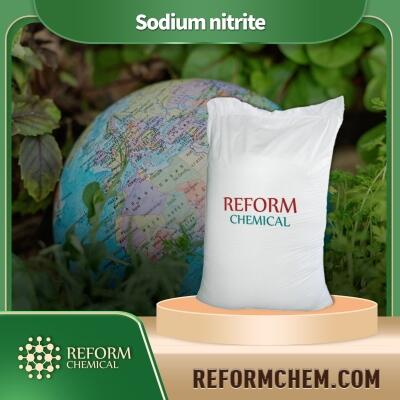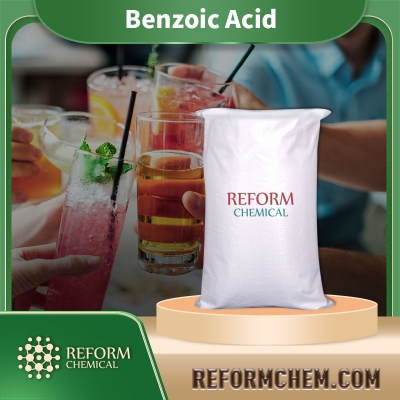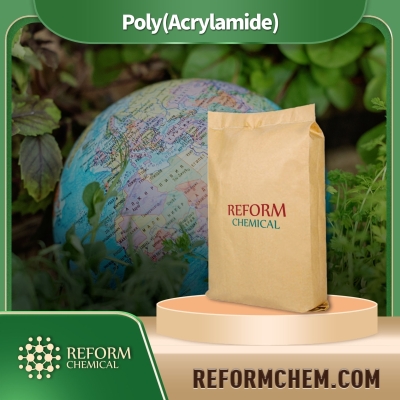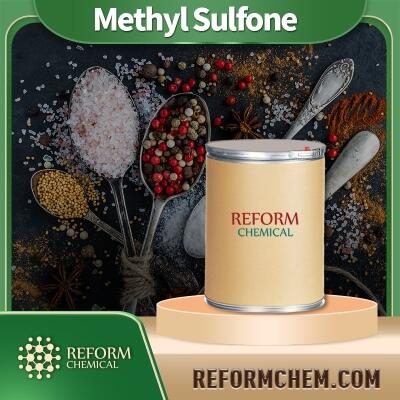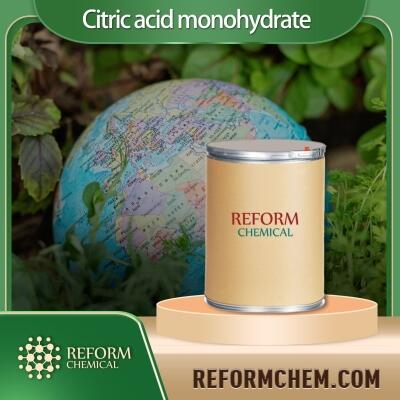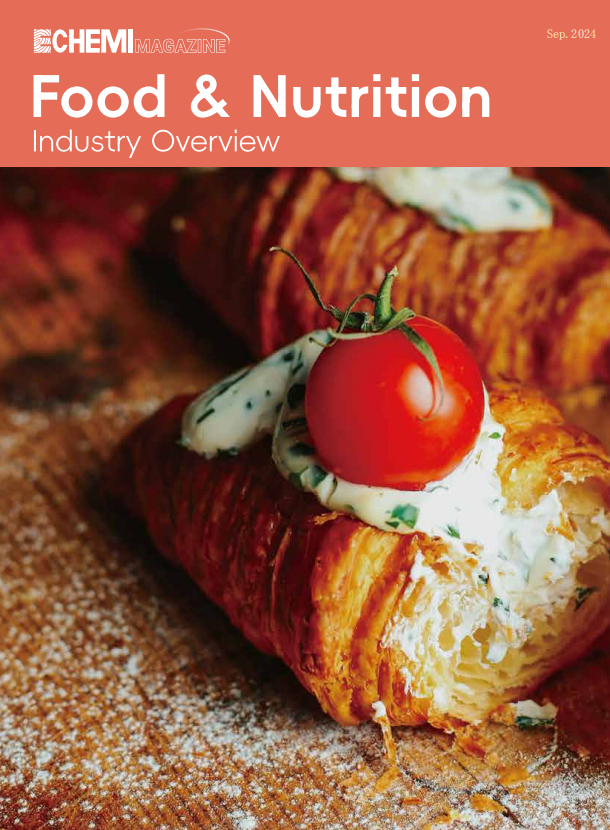China's Cassava Starch Imports Soar by 66%, Vietnam's Exports Surge by 40%, Market Dynamics Shift!
In the first seven months of this year, China's imports of cassava starch from Southeast Asian countries totaled $1.08 billion, of which nearly 800,000 tons were imported from Vietnam, the Viet Cong Electronic News reported.
Official statistics from China's General Administration of Customs show that in July, China's imports of cassava starch (HS 11081400 yards) totaled 289,200 tons, with a total value of 145.1 million US dollars, and the import volume and import value increased by 66.3% and 55.9% respectively compared with the same period last year.
This data further confirms that China's cassava starch imports have maintained year-on-year growth for the fifth consecutive month. In the first seven months of this year, China imported 2.05 million tons of cassava starch from Southeast Asian countries, with a total value of 1.08 billion US dollars, an increase of 21.8% and 33.7% over the same period last year. Among them, Thailand, Vietnam, Laos, Cambodia and Indonesia are the main suppliers.
Of particular note is that Thailand became the largest supplier of cassava starch to China in the first seven months of this year, while Vietnam ranked second, with a total of 762,272 tons of cassava starch exported to China, totaling more than $393.2 million. Compared with the same period last year, the volume of cassava starch exported from Vietnam to China increased by 40 percent and the value of exports increased by 56 percent.
China's imports of tapioca starch from Vietnam accounted for 37.2 percent of its total imports, up from 32.35 percent in the first seven months of 2023. At the same time, China has also increased imports of cassava starch from Laos, Cambodia and Brazil, while reducing imports from Indonesia.
In the first eight months of this year, Vietnam exported 1.79 million tons of cassava and its products, with a total export value of $822.7 million, according to the official report of the Vietnam Customs Bureau. Although the volume of exports fell 3.8 per cent from the same period last year, the value of exports increased by 7 per cent year-on-year.
In terms of export products, tapioca starch and dried tapioca chips from Vietnam were the main export products in the first eight months. Compared with the same period in 2023, the export volume and export volume of cassava starch showed an increase trend.
Looking for chemical products? Let suppliers reach out to you!
-
Food & Nutrition Industry Overview
The magazine has been officially published in September 2024 and has been issued at Fi Asia Indonesia 2024. It can be downloaded online permanently. It not only provides comprehensive information on the Southeast Asian food market, but also provides overseas readers with the opportunity to understand and track the market dynamics and trends of Chinese food ingredients and get to know outstanding Chinese companies. We sincerely invite you to make full use of the influence of the journal to promotPublished in: Sep. 2024
Trade Alert
Delivering the latest product trends and industry news straight to your inbox.
(We'll never share your email address with a third-party.)
Related News
-
Food additives are always 'notorious'? Legal and standardized use is the top priority
-
New opportunities for sugar reduction? African arrowroot extract will become a edible flavor
-
Investigation and handling of 229 illegal food production and operation cases
-
2022 the 10th Shanghai international biological fermentation products and technology equipment exhibition in December 2022 | 1-3, Shanghai new international expo center
-
Supply and demand two-way power generation sugar market is still a great 'article' to do
-
Product diversification will explode the sugar substitute market
-
Excessive Pesticide Residue Found in Vietnamese Dragon Fruit Exports: International Alert
-
Urgent Recall of Master Kong Instant Noodles by Italian Ministry of Health
-
FDA Proposes Ban on Brominated Vegetable Oil Due to Health Risks
-
Compliance Courier: Norway publishes key contaminants that should be monitored in food and food contact materials.
Recommend Reading
-

EU Revises Maximum Residue Limits for Nickel in Certain Foods
-

Alcohol Consumption in Russia Drops Below 8 Liters per Capita for the First Time in 25 Years
-
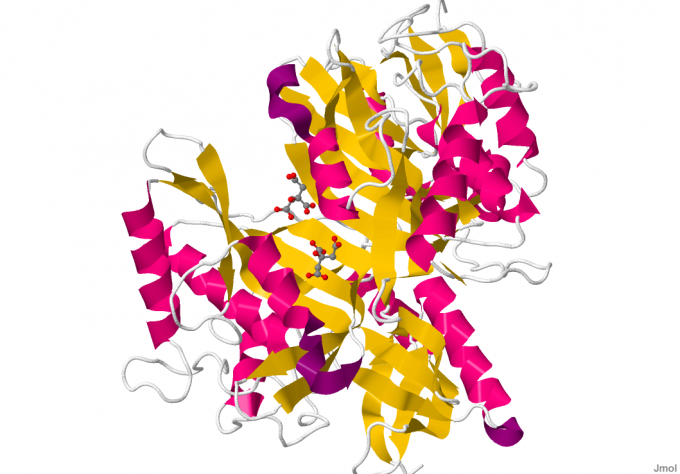
Ensuring the Safety of Glutaminase Produced by Genetically Modified Bacillus licheniformis Strain NZYM-JQ: EU Assessment
-
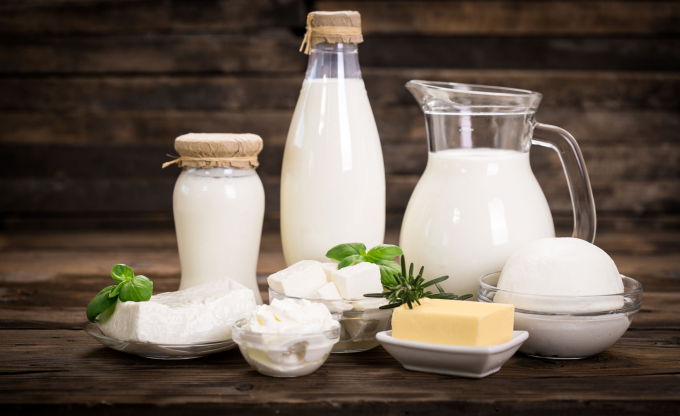
Will Tax Exemptions Boost Dairy Product Exports in Country A?
-

Organization of vegetable delivery at 74 basic price guaranteed outlets
-

China's crude production growth accelerates in August, natural gas slows down
-

International Crude Oil Prices Move Towards the 100 yuan, Domestic Oil Prices May Welcome Four Consecutive Rises
-
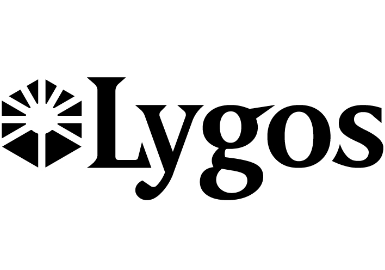
Acme-Hardesty Partners with Lygos to Promote Its Biodegradable Polymers in the Market
-
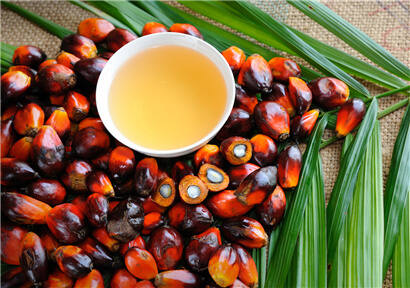
The European Union is phasing out palm oil
-

ECHEMI平台禁限售商品目录规则 ECHEMI Enforcement Actions for Displaying Prohibited and Controlled Items





